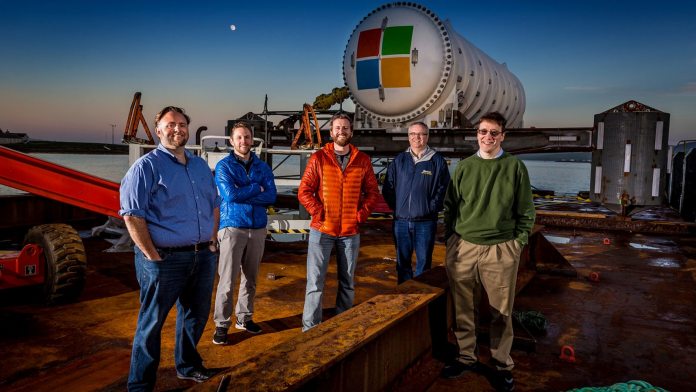However, some have risen concerns, should this become a widespread practice. Environmental building firm SPIE UK believes it could present a problematic attitude towards climate change. At his speech at Future Decoded, Nadella said the project is “sustainable because it uses wind power”. While SPIE UK’s director of energy and engineering believes in the benefits of the idea, he also thinks there are some downsides. “Given huge international concern about the rising temperature of the oceans and the wider implications for the environment, using the ocean as a heat exchange to reduce energy used to cool data centres, could be construed as conflicting with environmental objectives. This could be seen as a very technology-orientated solution as to how it performs in relation to the environment will be established once the results are made available,” said George Adams.
Heat Waste
It’s unlikely a single data center would contribute significantly to a worldwide rise in ocean temperatures. Microsoft’s Ben Cutler has previously claimed that the tests reveal “a few thousandths of a degree” of warming within a few meters. Still, there are other considerations. It could showcase an attitude that prioritizes industry over marine life while wasting valuable heat. The heat from the data center could, for example, be used to warm homes. This is of particular interest during the winter, where cloudy skies limit the use of solar technology for renewable heating. “Project Natick, and numerous other initiatives aimed at reducing the energy expenditure associated with data centres, usually treats the heat generated as waste. We need to change this approach particularly as the global energy consumption of data centres is due to expand from its current 3% to about 14% by 2050,” said Adams. It’s a technique that has been utilized in the past and one that’s impossible with Microsoft’s current setup. Moreover, though one small data pod has a small impact on local temperatures, it’s not clear what the long-term effects of several larger deployments would be. Microsoft’s researchers are ultimately looking at a solution that creates no heating at all. They believe it may be possible to harvesting energy from the movement of the water, adding no new energy to the ocean. With rising concerns about the amount of electricity data centers require, it could well be a compromise that works for many.




